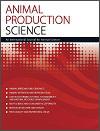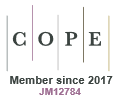AN25230SwiftWeigh: a rapid calf weighing system using top-down 2D point cloud data
 , Weijian Hu, Liyong Zhou, Minchao Li, Lizhen Cui, Yi Zhang, Jingfang Si and Yongxing Du
, Weijian Hu, Liyong Zhou, Minchao Li, Lizhen Cui, Yi Zhang, Jingfang Si and Yongxing Du
This study presents SwiftWeigh, a rapid and non-invasive calf weighing system using top-view 2D point cloud data. By extracting key body measurements and applying an ensemble prediction model, the method achieves high accuracy while reducing stress and labor, offering strong potential for precision livestock farming.




